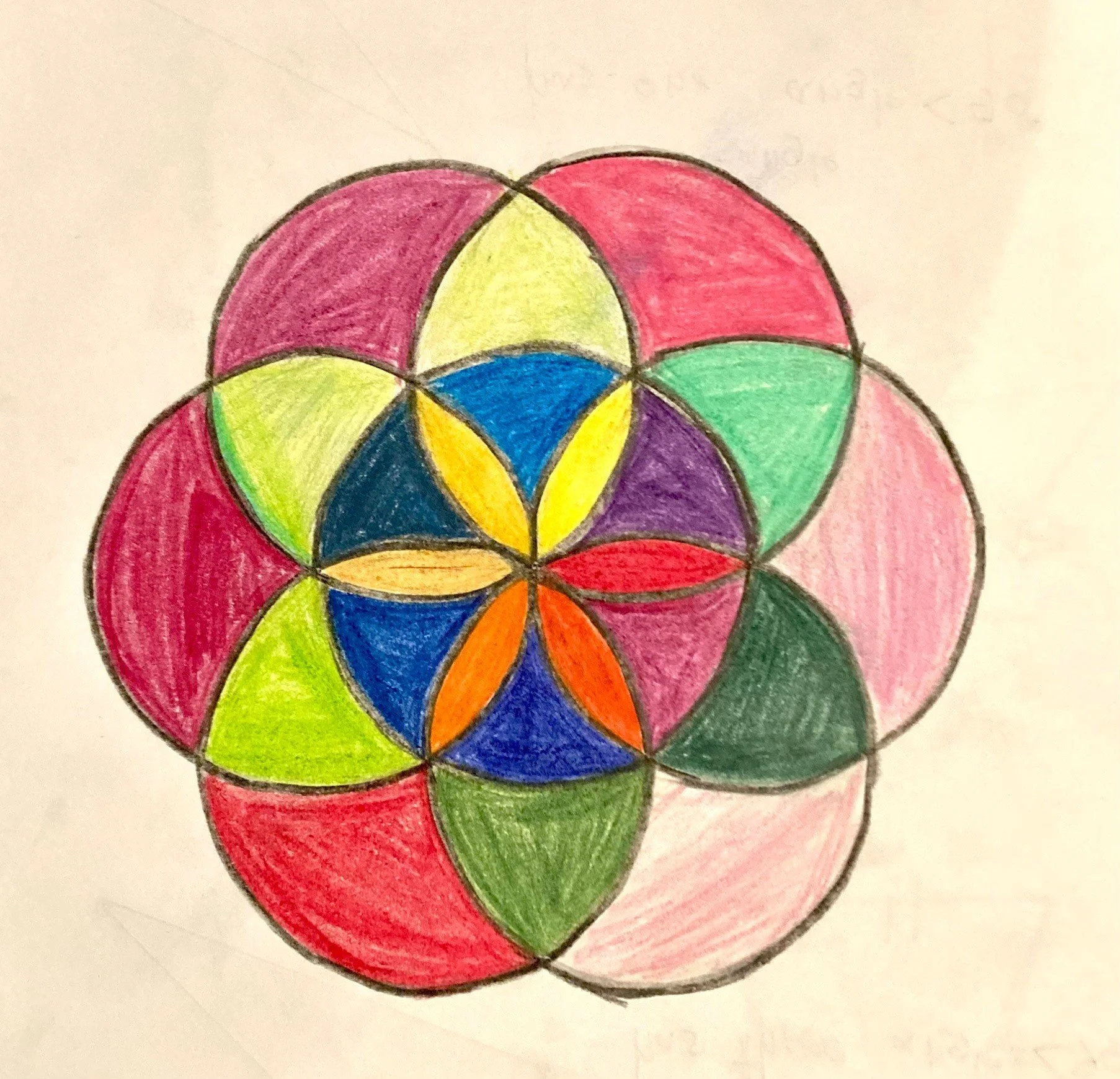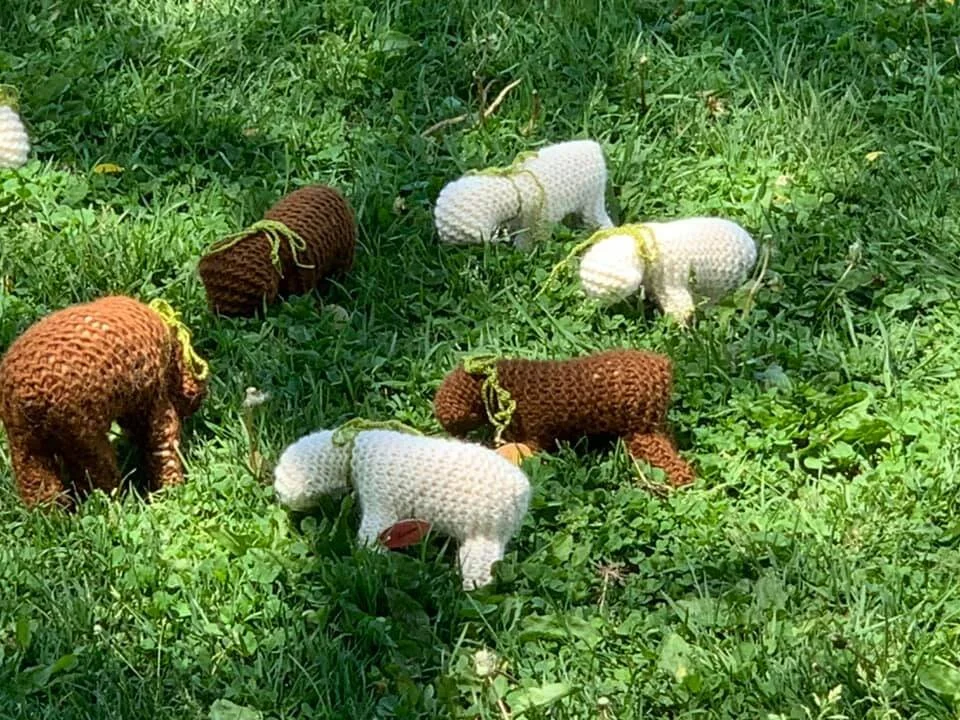Embroidery has a long history. It’s been around for centuries, found in almost all cultures. Before the textile industry existed, people handmade their clothes with needle and thread. At some point they developed an interest in decorating garments as a sign of status, or as we do today - to express themselves. It can be a way to record one’s own story, for social activism, and for protest. Practically, embroidery is also used in “Visible Mending,” to revive our old garments.
Read MorePlay can be viewed as one of the main foundations of Tamarack’s early childhood program. Play is not purely fun, there is evidence of the profound learning that occurs and is necessary for social, emotional, and academic development. A recent study shows the long-term consequences that can occur if play is replaced with a program that is more focused on early academic learning.
Read MoreWhile fifth grade was a period of harmony and balance, sixth grade ushers in a period marked with transition. The 11/12 year old will experience growth in the skeletal system and, as a result, may feel awkward and clumsy at times, socially as well as physically. This may lead to some self-consciousness with the child growing more introspective and fleeing the effects of gravity as he or she becomes heavier. We may say that the sixth grader is more “on the earth” and therefore more interested in the physical world.
Read MoreAt the start of fifth grade, the child is able to look back towards childhood, but no longer plays or thinks in the same way as a younger child. Not quite a teenager yet, there is also a looking ahead with anticipation towards the changes which adolescence will bring. In a true sense the child stands at a fulcrum or balancing point between childhood and adolescence.
Read MoreNew research indicates that access to the outdoors in childhood is strongly associated with happiness, mental health and well-being in adulthood. That’s one of the many reasons Waldorf schools prioritize outdoor learning and recreation for our students. Not only are outdoor spaces great places to move, discover and develop curiosity, they also help our students feel balanced, refreshed and ready to learn.
Read MoreWaldorf education emphasizes thoughtful, intentional and developmentally appropriate technology use. We advocate for a low-tech approach in early childhood and the elementary grades, followed by a curriculum in middle [and high] school that helps students understand tech as a tool, and engages them in conversations around digital ethics, privacy, media literacy, and a balanced use of social media and technology. Our approach gives Waldorf graduates the tools and knowledge they need to be independent, creative and ethical digital citizens.
Read MoreIn a recent article from Scientific American, Peter Sutoris highlights why it is important to have schools, like Tamarack Waldorf, whose education model focuses on helping children strengthen their imagination and develop their creativity.
Read MoreGrade 3
The third grade child has entered, or is about to enter their ninth year of life. This is a time of great transition, which in Waldorf Education, we often refer to as “The Nine Year Change”. During this transition the child leaves the airy “fairy tale consciousness” of early childhood behind and becomes more aware that they are a separate individual from others. “The world is out there and ‘I’ am no longer ‘one’ with it.” But they firmly stand upon it now! With this separation comes a sense of loss and longing, which may manifest in new behaviors, sadness and grief, moodiness, worry, questioning of authority, nightmares, change in eating habits, and even fear of death.
Read MoreWhile the main goal in grade one is to bring form to the class and to make it cohesive, a grade two class may reflect a mood of contrast or polarization. This might be seen in the way that the students relate to each other. One might experience a split, boy from girl, or group from group. Teaching fables and stories or legends of heroic and courageous people helps meet the dualistic nature of the second grader.
Read MoreAt Tamarack, Grade One is the first time a child experiences formal academics. We gently and slowly awaken them to the world of letters and numbers. Mrs. Marks shares her plans for this year’s first grade.
Read MoreLearn about why rhythm is such an important concept in the Waldorf Early Childhood curriculum and find ways to help create a rhythm at home.
Read MoreIt has been a year of change, reflection and transitions for many at our school. This June marked the ending of Ms. Jane's time in the Firefly Garden classroom. As one of our beloved kindergarten teachers, Ms. Jane's history with Tamarack is tied to the formation of the school and we are so grateful for her time, dedication, and love she has shared with our community over the years. Her classroom assistant and colleague Ms. Michelle offers this look back
Read MoreMay brings the end of the Tamarack journey for our eighth graders. They have been reflecting on their time here at Tamarack, for some, that's 11 years of memories! Read their reflections here.
Read MoreTamarack Waldorf School has created a committee called IDEA; it stands for Inclusion, Diversity, Equity, and Access. First-grade teacher, Mrs. Arechavala shares some insight into the purpose of this important group.
Read MoreClass plays are an important part of the Waldorf classes journey!
Read More
















